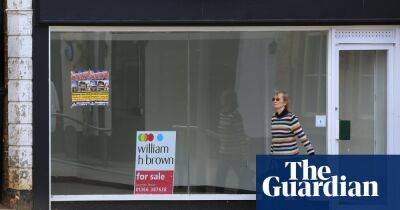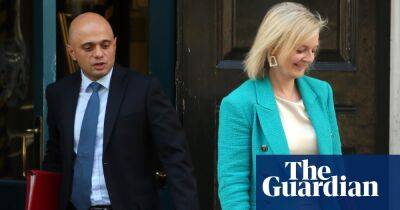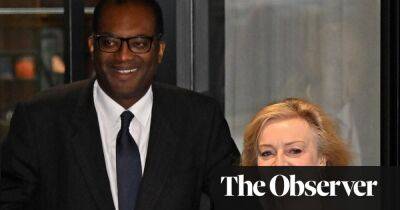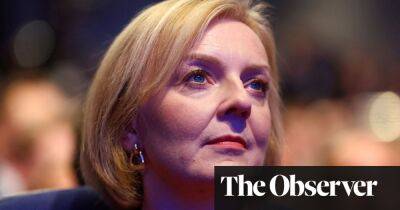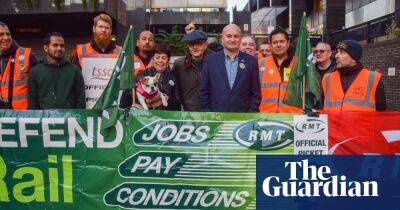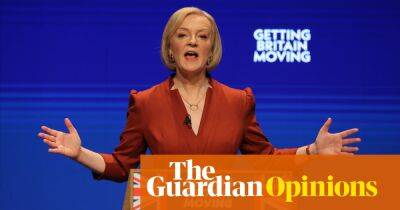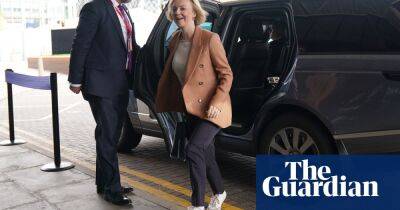North London townhouses? Liz Truss’s critics can’t afford them
When Liz Truss caustically referred in her conference speech to people who “take taxis from north London townhouses to the BBC studios” to defend the status quo, she was not the first Tory leader to try to cancel the capital’s northern quarter.
At last year’s Conservative party conference, Boris Johnson condemned “lefty Islington lawyers” for hijacking the Labour party and turning it soft on crime. To be fair to him, it was a subject he knew something about, having for 10 years shared a £3.5m house in Islington with his former wife, a lawyer.
In her broadside aimed at the “anti-growth coalition”, Truss took the attack beyond Islington’s borders but also made it more vehicularly and architecturally specific.
While we all know what a taxi is, even if we can’t necessarily find one when needed, there is no fixed definition of what constitutes a townhouse. The most popular conception is of a three-storey-plus house, usually flat-fronted, and often Georgian or early Victorian. A prime example would be the one that Truss lives in, said to be worth about £1.75m. However, her townhouse is not located in affluent, anti-growth north London, but rather in the Royal Borough of Greenwich, where other notable inhabitants include the chancellor of the exchequer, Kwasi Kwarteng. With its leafy streets and grand buildings, such as the Royal Observatory, Greenwich is hardly a slum, but it is nonetheless in south London.
The word gentrification was originally coined in the 1960s by the sociologist Ruth Glass to describe the process of middle-class professionals displacing working-class residents in, notably, Islington. While that process has continued, the area retains plenty of social housing, and there are many inhabitants who are
Read more on theguardian.com
 theguardian.com
theguardian.com